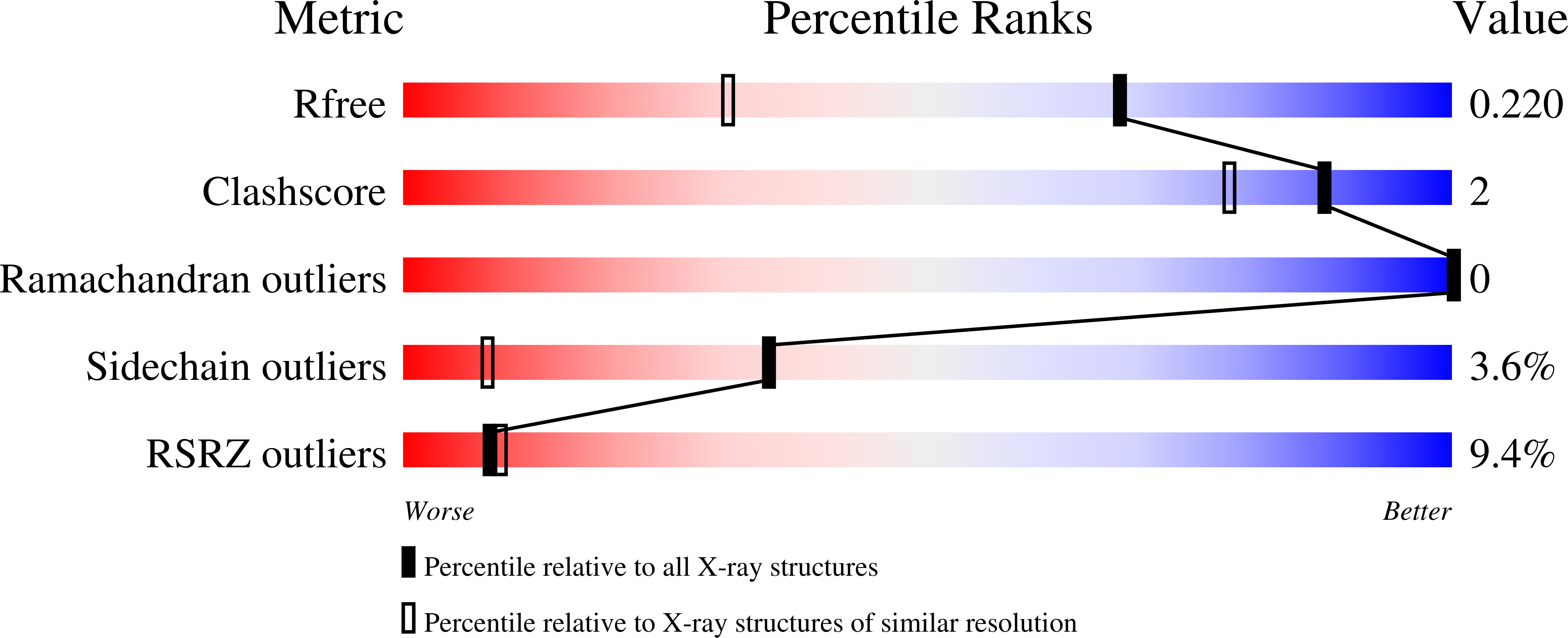
Deposition Date
2006-04-28
Release Date
2007-06-12
Last Version Date
2024-11-06
Entry Detail
PDB ID:
2GTW
Keywords:
Title:
Human Class I MHC HLA-A2 in complex with the nonameric Melan-A/MART-1(27-35) peptide having A27L substitution
Biological Source:
Source Organism:
Homo sapiens (Taxon ID: 9606)
Host Organism:
Method Details:
Experimental Method:
Resolution:
1.55 Å
R-Value Free:
0.21
R-Value Work:
0.18
R-Value Observed:
0.18
Space Group:
P 1 21 1


